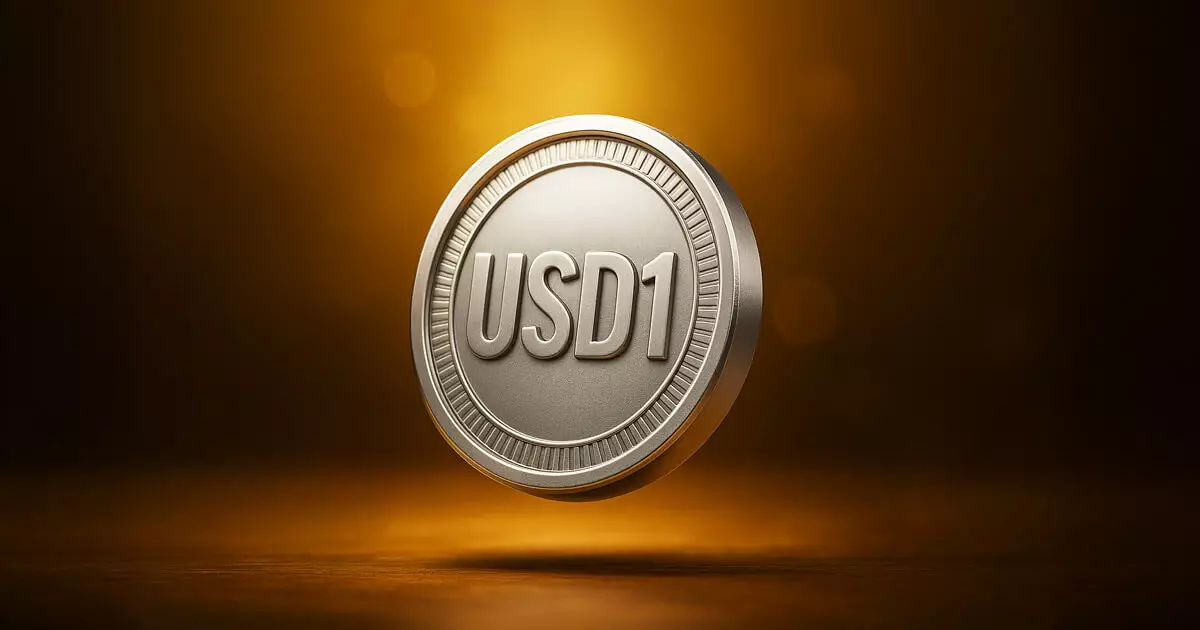In a surprising twist in the world of digital finance, Binance, the preeminent crypto exchange, has decided to list the USD1 stablecoin, brought to life by the Donald Trump family-affiliated World Liberty Financial (WLFI). This announcement has not only raised eyebrows but also ignited a variety of reactions within the crypto community. Advocates herald it as a revolutionary step toward engaging the underbanked population globally, while skeptics raise pertinent questions about the authenticity and longevity of this venture. At its core, the move exemplifies a significant intersection of politics and finance, entwining the legacy of a polarizing figure with the promise of decentralized finance.
Geographical Restrictions: A Double-Edged Sword
Ambiguity shrouds Binance’s decision to impose strict geographical limitations on the USD1 stablecoin trading. Regions such as the European Economic Area, Canada, parts of Ukraine, and the United States are excluded from participating. Critics argue that this segmentation further stratifies access to financial tools, inherently contradicting WLFI’s mission of empowering the unbanked and underbanked. Additionally, it compels one to question whether the exclusion is due to regulatory caution or a tactical maneuver to create an exclusive environment only for select users. This juxtaposition poses a critical dilemma: is the underbanked truly being served as touted, or is this merely a publicity stunt cloaked in altruism?
The Rise of USD1 and Its Strategic Implications
The USD1 stablecoin is proliferating quickly within the crypto landscape, seemingly riding a wave of new adoption from various platforms like KuCoin and HTX. WLFI’s strategy reflects a decisive shift toward integration across decentralized finance ecosystems, specifically through partnerships and innovations like integration with Chainlink’s Cross-Chain Interoperability Protocol (CCIP). This position not only enhances the token’s functionality but also signifies a long-term vision of establishing a robust ecosystem anchored on U.S. dollar dominance. However, does this expansion genuinely address the needs of marginalized populations, or is it a calculated gamble aimed at elevating a politically-charged narrative?
A Promised Future or a Political Play?
Zach Witkoff, co-founder of WLFI, has echoed a compelling vision of financial freedom aimed at 1.4 billion unbanked individuals. His assertion that USD1, backed by U.S. Treasuries, offers a pathway toward modern financial tools raises pertinent issues about the currency’s grounding. Can a stablecoin with such pronounced political ties genuinely serve the interests of those it aims to empower? While the goal of a borderless economy resonates with the ideals of financial inclusion, one cannot overlook the potential conflicts of interest that may arise from the involvement of a figure like Donald Trump. The vision of a decentralized, dollar-backed future is enticing but may be diluted by its political origins.
Ultimately, the listing of USD1 on Binance is a pivotal moment that deserves careful scrutiny. While the implications for financial inclusivity could be profound, the democratic promise of access to modern financial tools is clouded by geopolitical nuances and possible ulterior motives. For anyone vested in this brave new world of finance, the USD1 stablecoin serves as both a beacon of hope and a cautionary tale—demanding a critical examination of both its ambitions and its inevitable complications.


Leave a Reply